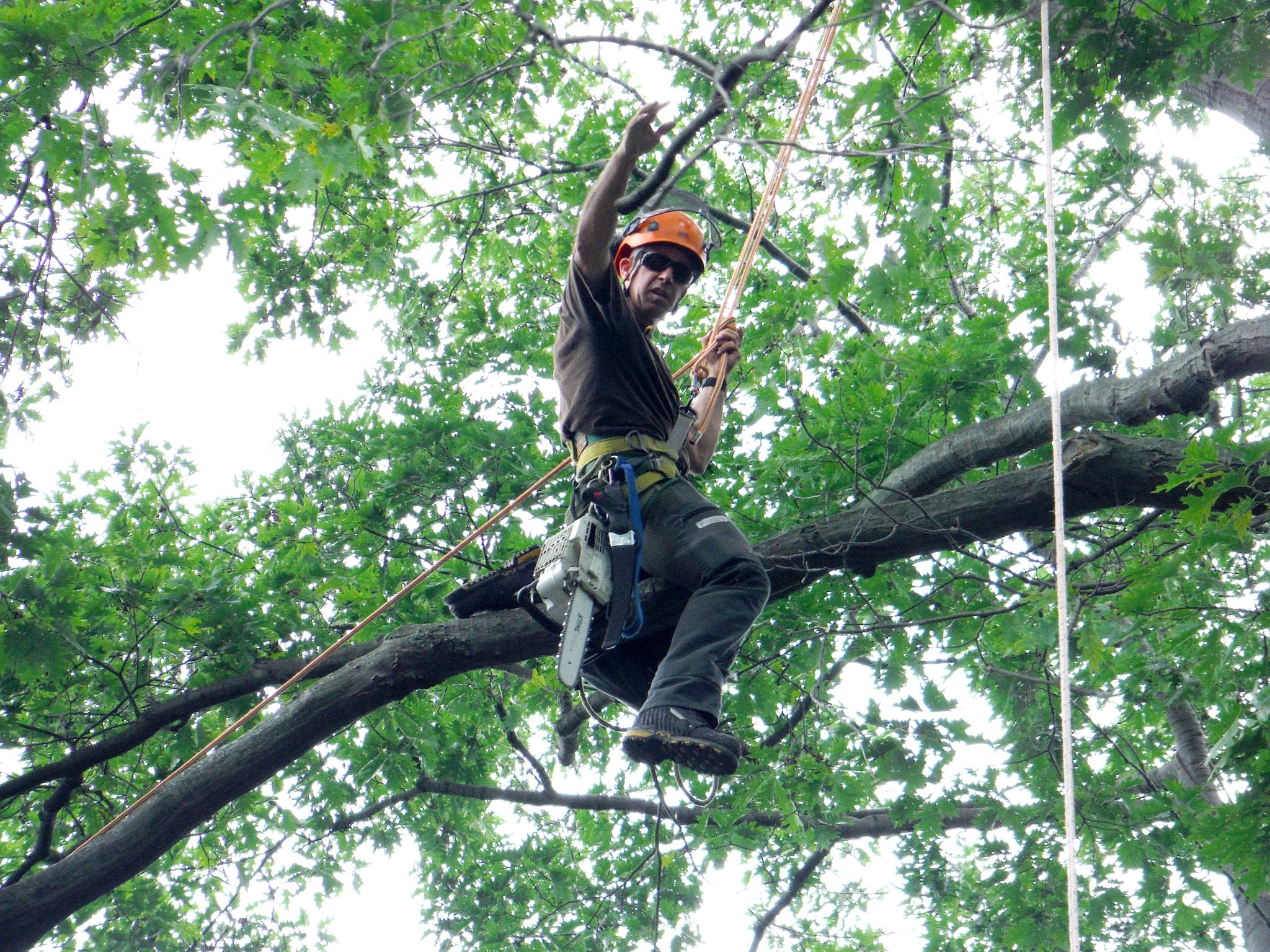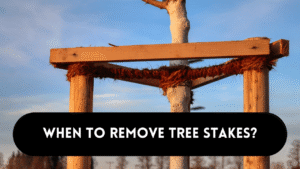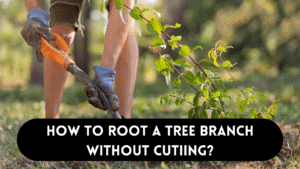Ivy, actually known as Hedera, is a versatile and much-admired plant of the Araliaceae family. This evergreen vine is well-known for its glossy leaves and ability to climb and cover a variety of surfaces, including walls, trees, and fences. Ivy is available in a number of species and cultivars, each with its own set of traits and growth patterns.
However, despite its visual charm and ecological significance, ivy can become a challenging plant to manage in certain settings. Its rapid growth can lead to problems, particularly in gardens and landscapes where it is not wanted. Ivy has a tendency to smother and overshadow other plants, leading to competition for sunlight and nutrients. In some cases, it can even harm the structural integrity of buildings by attaching itself to walls and causing cracks.
Ivy has long been recognized for its capacity to impart an air of sophistication to gardens and landscapes. When ivy grows dense and unregulated, though, it may cause problems for trees. We’ll dig into the nuances of ivy removal in this article, providing step-by-step directions to guarantee your trees survice.
Understanding the Impact of Thick Ivy
Dense ivy cover can reduce the quantity of sunlight that reaches tree leaves, impairing photosynthesis and general tree health.
Heavy ivy can cause structural damage and possible risks by weighing down limbs. Ivy may generate a damp microclimate, allowing fungus and other illnesses to thrive.
How to recognise ivy?
Ivy is recognized as a densely leafed, evergreen climber. It has three to five-lobed glossy leaves as it is climbing.
Ivy frequently creates shrubby (arboreal) mature growth as it reaches the higher regions of a tree’s canopy, bearing yellow-green blooms followed by black berries. The leaves are then fashioned into hearts.
Ivy creates a thick evergreen ground cover with three- to five-lobed glossy leaves on the ground.
Tools and Safety Precautions
Before embarking on ivy removal, gather the following tools and prioritize safety:
- Pruning shears or loppers
- Garden gloves
- Safety goggles
- Tree harness and safety rope (if working at heights)
- Hand saw or chainsaw (for larger vines)
- Herbicide (as a last resort)
Steps to Remove Thick Ivy from Trees
Planning and Evaluation
Begin by determining the amount of the ivy infestation and whether expert assistance is required. Plan the removal method based on the thickness of the ivy and the health of the tree.
Pruning by Hand
Water beneath the tree or wait until after a rainfall. In soft soil, ivy is easier to remove.
Cut the ivy vines at the base of the tree with pruning shears or loppers, moving from the top down. Remove as much ivy as possible without damaging the bark of the tree.
Getting Rid of Ground Ivy
Pull the chopped ivy parts away from the tree’s base with care. Remove any ivy vines or roots from the ground surrounding the tree.
For thicker ivy vines, use a handsaw or chainsaw to make clean cuts at the tree’s base, avoiding tree damage.
Glyphosate and triclopyr:
Ivy that is growing vertically can be killed by severing the stem close to soil level and treating the stump with a stump and rootkiller containing glyphosate (e.g. Roundup Tree Stump & Rootkiller, Rootblast Super Strength Total Weedkiller, Doff Tree Stump & Tough Weedkiller and Westland Resolva Pro Tree Stump Weedkiller) or triclopyr (Vitax SBK Brushwood Killer).
When to Tolerate ivy?
In most cases, it’s okay to let ivy grow on healthy trees if you’re not worried about the tree’s bark. Ivy is different from parasites like mistletoe; it doesn’t burrow into the tree or its roots. Instead, it uses short root-like things along its stems for support.
Ivy gets its water and food from its own roots in the ground, so it doesn’t usually compete strongly with the tree for resources. You often see ivy on big, mature trees, which can handle a bit of competition, unlike young trees. So, if your tree is healthy and not prized for its bark, ivy on the trunk is usually okay.
When to Control ivy?
If the branches of a tree become thin, allowing lots of light to come through, the ivy can change its shape and start growing up into the tree’s branches. Some trees like ash and larch naturally have thin branches, so they can be heavily infested with ivy. That’s why people often try to control ivy on ash and larch trees.
FAQs
What’s the best time of year to remove thick ivy?
Late winter or early spring is often recommended, as it’s when the ivy is less actively growing. But you can remove it any time it’s practical.
Is it safe to use herbicides to remove ivy?
Herbicides should be a last resort and used with caution. Follow the instructions carefully, and consider their potential environmental impact.
How can I prevent ivy regrowth?
Regularly monitor your trees, prune away any new ivy growth, and consider planting shade-tolerant ground cover as an alternative to ivy.
What kills ivy permanently naturally?
A homemade vinegar solution can also be a powerful weapon against ivy. Mix vinegar with water and a few drops of dish soap, then spray it directly on the ivy leaves. The acidity of the vinegar will weaken the plant over time.
How long does it take to completely eliminate ivy naturally? The time frame varies depending on the method used and the extent of the ivy infestation. It may take several weeks to several months.
Conclusion
In conclusion, the battle against ivy in your garden can be won with the right knowledge and methods. By understanding the nature of ivy, utilizing natural eradication techniques, and implementing preventive measures, you can permanently remove thick ivy from trees and enjoy a thriving, ivy-free garden.




